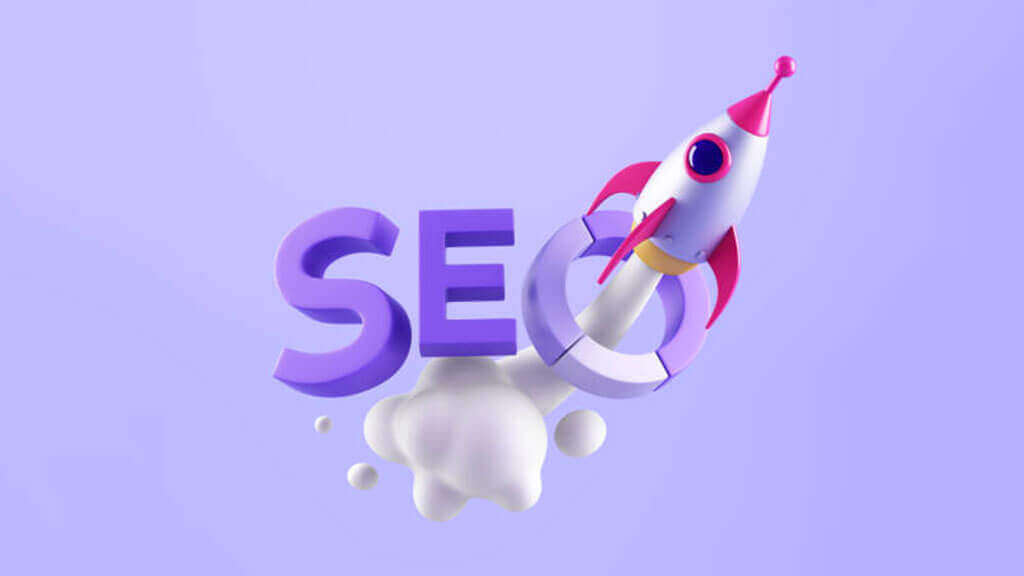When preparing a content strategy through digital storytelling, it can initially appear to be much easier for a lifestyle-oriented brand. After all, if the product you are selling is an experiential journey, this can lend itself well to imaginative description, feelsome language and an emotive tone. A natural approach then is to focus on the brand’s ethos, its reason for being, the story behind the business owner, and the reasoning as to why they have embarked on such an adventure. This creates effective space too for selling the journey to the customer – what they will experience when dealing with your service, the feelings they will have towards your offering, and how your solution will make their personal life better.
If you’re a company selling warehouse space or industrial fasteners, it can be easy to assume that there is no digital storytelling component at all. After all, you make products, assign SKUs, and customers place orders when they need a part, right? On the industrial products side, how can we use emotive language and the theory of a journey to communicate product benefits, and if we can, should we really bother?

Drive Trust, Bring Fresh Perspective To Brand Story.
How to connect B2B brands to a digital storytelling approach?
After all, a customer buying an oem part for a failed component replacement is unlikely to delve too deeply into its design considerations, reason for it being styled a certain way, etc., as it’s designed to do a very specific job. One thing and one thing only. It is our belief that every brand has a story to tell. Why did you begin selling fasteners and fittings in the first place? Did your journey begin in your given industry whilst you were an employee of a large company doing the same thing? Maybe there was something that drove you crazy about dealing with those issues day-to-day in your salaried role (this is true for us at Gemini PR!). What motivated you to create your company? Perhaps you feel there was a sector-wide shortfall in availability or service quality (ditto Bangkok PR agencies) which you felt emotionally compelled to address due to your specific knowledge, insight, revolutionary approach and expertise.
Origin storytelling for B2B brands
Just as with movies, people love a good origin story. This can be a useful element to leverage in marketing for adding perceived ‘value-added’ to a commodity or straight-up serviceable unit. Instead of focusing on the simple components you mass manufacture, consider instead:
• The people behind the company, and their personal and professional journey
• The daily living benefits your customers are able to realise by relying on your solution
• The evolution of the industry and how you are driving and inspiring it from a leadership position
• How you use colour, ease of use, stylistic touches, performance enhancements and any sub-branding to add value
• Why your service or product innovation benefits wider society, instead of just immediate buyers
• Any impact you have on nationwide communities, and their future/societal needs
• How you are doing your part to overcome environmental or sustainability impact
• How your technological advances can move people, places and things forward
Take an example of a company making hard surfacing, aggregates, cement or tarmac. Ostensibly, they are making materials which enable roads to be maintained. But what happens as a result?
Goods move by road; people commute by road; well maintained roads lower tyre wear and reduce CO2 and NOx vehicle pollution. Subsequently, those people and goods which move (and are moved) on those high-quality road surfaces enable people to eat, work to pay bills, pay taxes in Thailand, and access the products they need to make daily life possible. Indirectly, you are enabling society to function and economies to grow. That is your big storytelling angle.
Challenges in corporate or strict B2B enterprise initiatives, industrials, manufacture, etc.
The concept of B2B2C is a relatively new marketing concept, and derives its meaning from exactly the above end user proposition. It’s about thinking of all the positive downstream consequences to people at the end of purchasing decisions which may not have even been made by them.
When considering digital storytelling in terms of public relations, a Bangkok PR agency should focus at the outset on identifying benefits for:
✓ Indirect customers
✓ End users
✓ The industry at large
✓ The immediate community
✓ The interests of the people as a nation
✓ And finally, the country’s place in the world, assuming your offering is of international or strategic (cross-border) significance
This will get your initial ideation moving in the right direction, and will give you some simple outline goal-setting from the outset. One of the main reasons companies employ a PR agency in Thailand is for this exact type of consulting. This methodology will form a key stage of your key message creation and B2B brand positioning. All of your subsequent messaging will then stem through this platform, and it will be PR that amplifies and delivers those messages to key demographics – which is the case of B2B enterprises may not immediately be consumers or end users. And so the latter does not matter from a B2B storytelling impact perspective.
It is therefore an area which should not be skipped over or treated too obliquely. This consulting stage can be vital, and the interesting upshot is that the less you feel that Digital Storytelling for B2B brands is of limited importance to your product specific endeavour, the more space you will have to leverage for competitive advantage where your competitors do not.
Please reach out via the form. We love to offer free advice on Digital Storytelling for B2B brands.
Better PR Is Ready For You. Are You?
Publish Your Stories on 250+ News & Social Channels
Download Excel File (.xls)
310 client reviews (4.8/5)
You might be also interested in this ...
January 23, 2023
How Does Press Release Help Improve Your Google Ranking?
July 19, 2022
Top 20 Newspapers in Thailand
July 19, 2022


